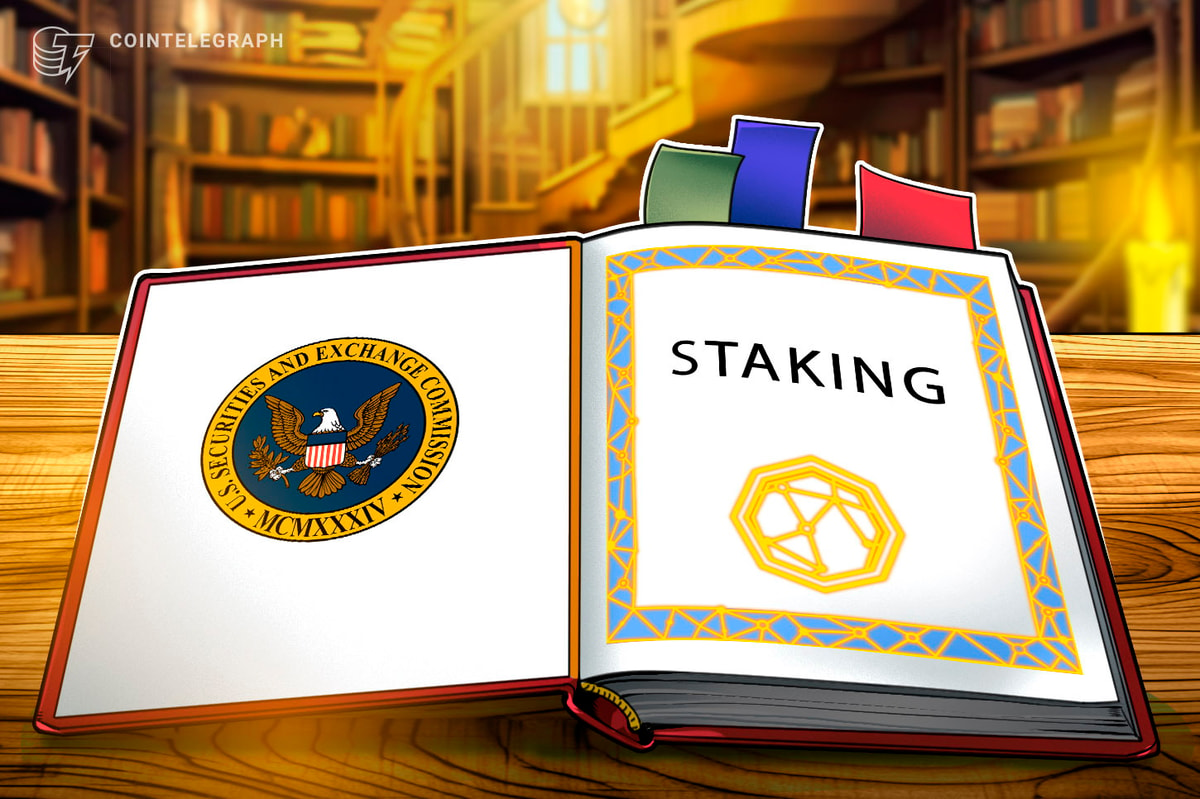Crypto token wash trading on centralized exchanges will be the cause of the next crypto “implosion,” according to billionaire Dallas Mavericks owner and crypto investor Mark Cuban.
In an interview with The Street on Jan. 5, the billionaire investor opined that 2023 will not be short of crypto scandals following the numerous fiascos that rocked 2022.
Cuban, who has backed several crypto and Web3 startups, said he believes the next biggest thing to impact the industry will be “the discovery and removal of wash trades on central exchanges.”
“There are supposedly tens of millions of dollars in trades and liquidity for tokens that have very little utilization,” he said before adding, “I don’t see how they can be that liquid.”

Wash trading, which is illegal under U.S. law, is a process whereby a trader or bot buys and sells the same crypto asset to feed misleading information to the market.
The goal is to artificially inflate volumes so that retail traders jump on the bandwagon and push prices up. In essence, it is a pump-and-dump scheme.
Cuban said it was just a prediction, adding “I don’t have any specifics to offer to support my guess.”
As much as 70% of the volume on unregulated exchanges is wash trading according to a December report by the National Bureau of Economic Research (NBER).
Researchers used statistical and behavioral patterns to determine which transactions were legitimate and which ones were spurious.
Furthermore, a 2022 study by Forbes on 157 centralized exchanges found that more than half the Bitcoin trade volumes were fake.
Related: Mark Cuban to Bill Maher: ‘If you have gold, you’re dumb as fuck… Just get Bitcoin.’
Wash trading isn’t just limited to centralized exchanges, however. On Jan. 5, Quantum Economics CEO and former eToro senior market analyst, Mati Greenspan, said that 42% of all NFT volume is wash traded.
Yeah. It’s 2023 and we’re still talking about wash trading. https://t.co/y9kiLbu4Eu
— Mati Greenspan (@MatiGreenspan) January 5, 2023
He added that wash trading is also used to harvest tax losses, making it appear (to the taxman) that there has been a greater loss than in reality.
Read More: cointelegraph.com









 Bitcoin
Bitcoin  Ethereum
Ethereum  Tether
Tether  XRP
XRP  Solana
Solana  USDC
USDC  Dogecoin
Dogecoin  TRON
TRON  Cardano
Cardano  Lido Staked Ether
Lido Staked Ether  Wrapped Bitcoin
Wrapped Bitcoin  Sui
Sui  Wrapped stETH
Wrapped stETH  Hyperliquid
Hyperliquid  Chainlink
Chainlink  Avalanche
Avalanche  Stellar
Stellar  LEO Token
LEO Token  Toncoin
Toncoin  Bitcoin Cash
Bitcoin Cash  Shiba Inu
Shiba Inu  Hedera
Hedera  USDS
USDS  Litecoin
Litecoin  WETH
WETH  Wrapped eETH
Wrapped eETH  Polkadot
Polkadot  Monero
Monero  Binance Bridged USDT (BNB Smart Chain)
Binance Bridged USDT (BNB Smart Chain)  Bitget Token
Bitget Token  Pepe
Pepe  Ethena USDe
Ethena USDe  Pi Network
Pi Network  WhiteBIT Coin
WhiteBIT Coin  Coinbase Wrapped BTC
Coinbase Wrapped BTC  Dai
Dai  Uniswap
Uniswap  Aave
Aave  Bittensor
Bittensor  Aptos
Aptos  NEAR Protocol
NEAR Protocol  OKB
OKB  Jito Staked SOL
Jito Staked SOL  Ethena Staked USDe
Ethena Staked USDe  Cronos
Cronos  BlackRock USD Institutional Digital Liquidity Fund
BlackRock USD Institutional Digital Liquidity Fund  Tokenize Xchange
Tokenize Xchange  Ondo
Ondo  Internet Computer
Internet Computer